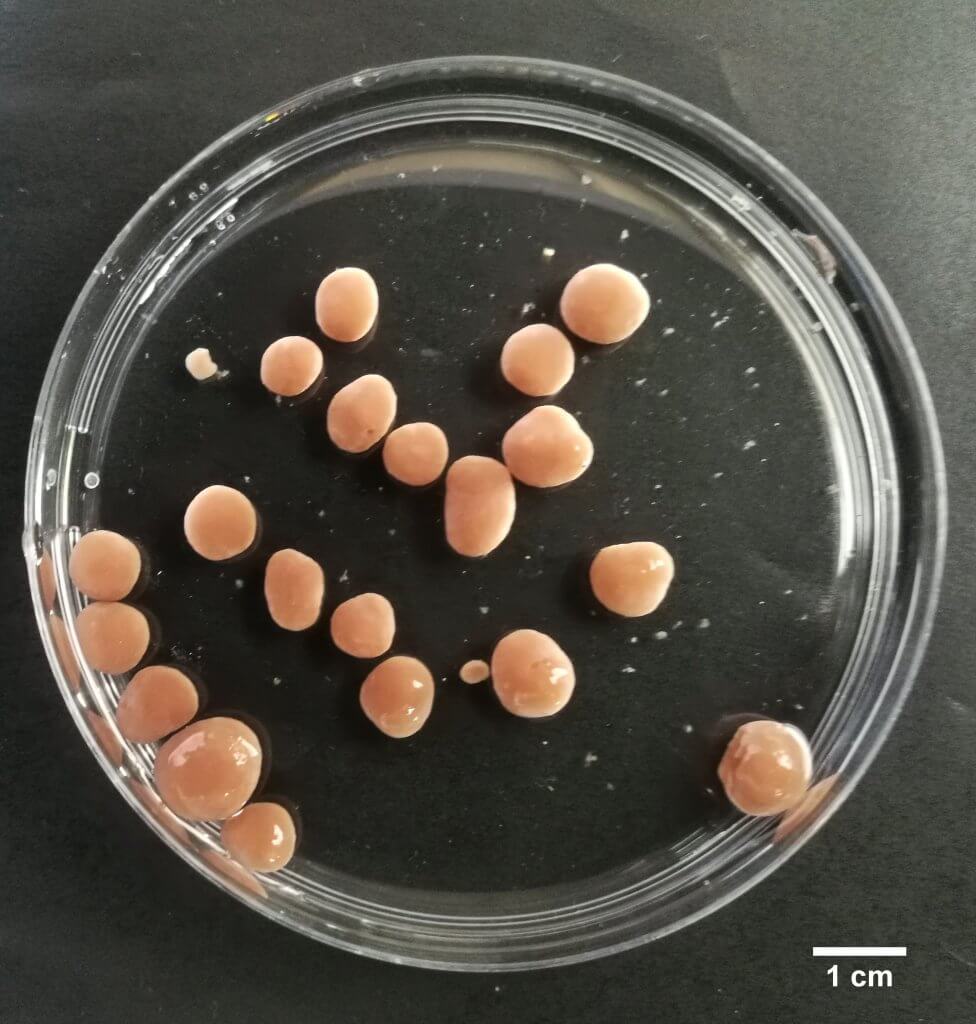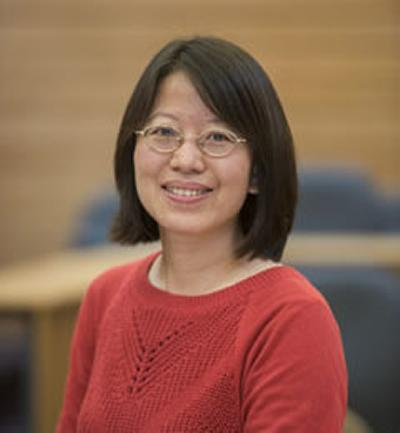Aim:
The purpose of this WG is to extend knowledge and awareness of AG processes from microbiological fundamentals to engineering application and control, by bringing engineers, microbiologists and industry together, in order to improve performance and promote the adoption of AG technology.

Aerobic granular sludge (AGS), pioneered in the 1990s, represents an advancement in traditional aerobic suspended growth systems, such as activated sludge, by forming granules rather than flocs. This innovation results in a rapidly settling, high-density biomass that offers a smaller footprint and higher levels of nutrient removal due to the different redox zones across the granules and process cycle, all while requiring less energy.
AGS has evolved into an attractive and globally well-established alternative to conventional activated sludge, and other techniques like moving bed bioreactors, and membrane bioreactors. Since the first full-scale implementation in 2005, there have been over 120 applications of Sequential Batch Reactor based AGS at virtually any scales as of 2024, with 14 operational plants in the UK and more under contract. Europe’s largest AGS application is at the Ringsend STP in Dublin, which treats a population of 2.4 million. The development of AGS has also advanced the concept of activated sludge process intensification, which focuses on enhancing sludge settleability by applying selection pressures. Notably, this approach does not necessarily aim to achieve the formation of aerobic granules or a high proportion of granular sludge.
Despite two decades of design and engineering experience, along with a wealth of operating data, there remains potential for advancing scientific insights that could lead to future further improvements. Moreover, carrier-medium-free microbial granules offer a unique perspective for studying biofilms traditionally associated with surface attachment. In the context of the circular economy, there is growing interest in recovering valuable resources from AGS, such as alginate-like exopolysaccharides, tryptophan, phosphorus, and polyhydroxyalkanoates.
Therefore, it is both timely and beneficial for a working group (WG) to further progress scientific insights and accelerate the environmental benefits this modern technology offers to the water industry and society.
Interested?

Contact the Working Group co-ordinator:
Dr Yongqiang Liu, Lecturer in Environmental Engineering within Engineering and Physical Sciences at the University of Southampton. Email: Y.Liu[at]soton.ac.uk with “EBNet Working Group” in the subject in the first instance.
Latest news
See here for recent items from this WG, and for more news click on the AG WG tag
The YouTube video playlist for this WG is here.
For details of this WG’s activities to March 2025, see the Aerobic Granulation Processes WG Report.
WG Activities
Animation
The Aerobic Granules animation is HERE, with a subtitled version here. This EBNet animation explores the engineering/microbial interface behind aerobic granule technology in wastewater treatment.

Webinars
Current and future directions in Aerobic Granular Sludge systems, 3 March 2025. The webinar included two presentations, the first covering technical developments for Nereda, experience of meeting current industry needs, and new developments regarding harvesting of biopolymers from granules; the second on Algal-bacterial granular sludge (ABGS) in biological wastewater treatment processes. Speakers: Paul Lavender, Water Sector Director (UK) CSci CEnv C.WEM FCIWEM. Director – Water Utilities UK, Water & Maritime, HaskoningDHV UK Ltd, a company of Royal HaskoningDHV. Associate Professor Xiaoyuan Zhang, Nankai University.
Aerobic granulation in continuous operating mode and its commercialisation, 17 November 2022. The speaker was Dr Sudhir Murthy, who is Chief Executive Officer of the NEWhub Corp. He is also an Adjunct Senior Research Scientist at Columbia University and Senior Vice President of the International Water Association (IWA). Chaired by Dr Yongqiang Liu.
Aerobic Granules in Wastewater Treatment, 3 November 2020. Featuring Associate Prof Zhiwu (Drew) Wang, Virginia Polytechnic Institute and State University and Professor Jeremy Webb, National Biofilms Innovation Centre (NBIC), University of Southampton. Chaired by Dr Yongqiang Liu.
Sustainable Biological Removal of N and P, 1 December 2020. Featuring Juhani Kostiainen, Plantwork Systems Ltd and Professor Ana Soares, Cranfield University. Chaired by Dr Yongqiang Liu. 
Site visits and sampling
The AG WG has been working with the water industry, including Southern Water, Thames Water, United Utilities and RoyalHaskoningDHV, to monitor and investigate seasonal behaviour in aerobic granulation systems. See HERE for an outline of some of these activities.
EBNet funding in this area
Meeting the nutrient neutrality challenge using newly-developed biological technology EBNet BIV202004 Dr Yongqiang Liu, University of Southampton and P.lantwork Systems Ltd
EBNet also supported networking at the ECFP Wastewater Treatment Event 2022 and the 2025 Microenvironments workshop.
Special Issue – Processes

The journal Processes had a Special Issue on Environmental Protection by Aerobic Granular Sludge Process with Dr Yongqiang Liu as Guest Editor. It aimed to discuss novel advances in the development and study of process control, optimization, and scaling up for the AGSP. Topics included:
• Strategies for a fast and stable granulation process
• Strategies to maintain granule stability and identification of key parameters
• Strategies for stable nutrient removal and resource recovery
• Process optimisation for the removal of challenging pollutants with the AGSP
• Process scaling up
• Process modelling
Details of the issue are here. The final version has also been published in book format.
Related publications
Environmental Protection through Aerobic Granular Sludge Process
By: Yong-Qiang Liu in: Processes 2024, 12(2), 243; Special Issue Environmental Protection by Aerobic Granular Sludge Process
Hydroxyapatite Precipitation and Accumulation in Granules and Its Effects on Activity and Stability of Partial Nitrifying Granules at Moderate and High Temperatures
Yongqiang Liu and Simone Cinquepalmi. In Processes 2021, 9(10), 1710
Exploration of mechanisms for calcium phosphate precipitation and accumulation in nitrifying granules by investigating the size effects of granules
Yongqiang Liu and Simone Cinquepalmi. In Water Research, p.117753. (Available until 9 Dec 2021)




